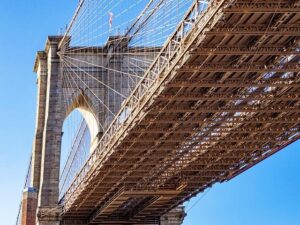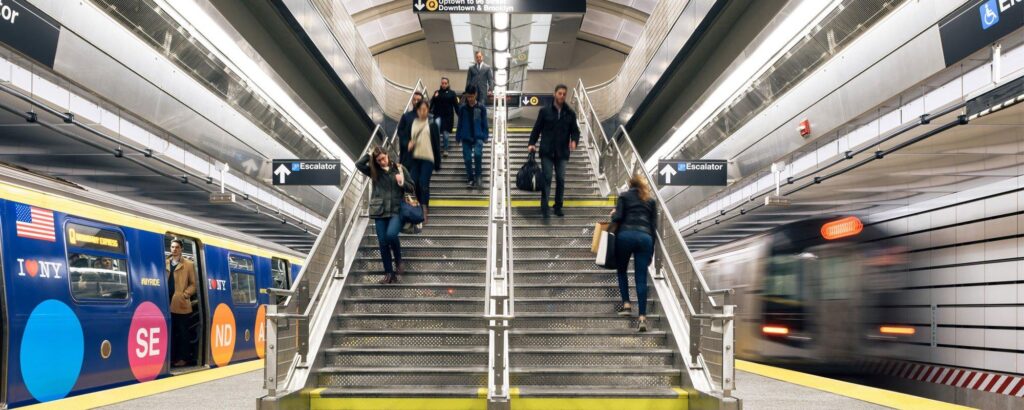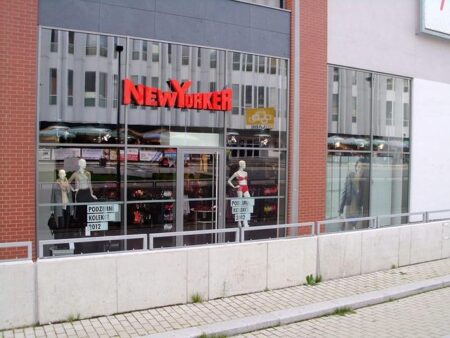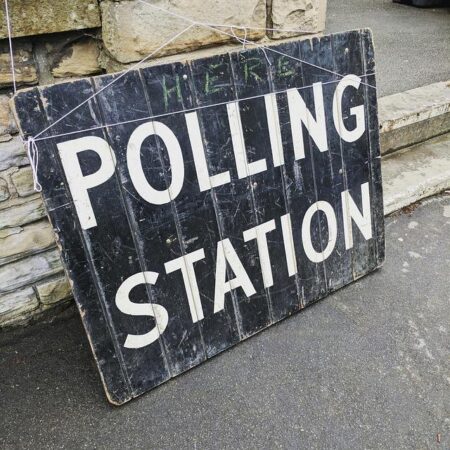New York City Officials Decry Federal Suspension of Second Avenue Subway Funding
Strong Opposition from City Leaders Over Federal Funding Freeze
New York City’s political and transit leadership have voiced vehement opposition following the U.S. Department of Transportation’s abrupt decision to suspend billions in federal funds designated for the Second Avenue Subway expansion. This unexpected halt threatens to derail a pivotal infrastructure project aimed at reducing chronic overcrowding on Manhattan’s East Side subway lines and enhancing transit accessibility for millions of daily riders.
City officials argue that this funding freeze contradicts prior federal assurances and jeopardizes years of meticulous planning and construction efforts. The move has ignited widespread concern about the potential ripple effects on urban mobility, environmental sustainability, and economic vitality. Key issues raised by stakeholders include:
- Economic Ramifications: Delays could escalate overall project expenses, burdening taxpayers.
- Community Disruptions: Extended construction timelines may prolong disturbances in affected neighborhoods.
- Transit System Strain: Existing subway lines will continue to face overcrowding, worsening commuter experiences.
| Entity | Primary Concern | Recommended Response |
|---|---|---|
| Mayor’s Office | Economic harm from funding suspension | Advocate for Congressional reinstatement of funds |
| MTA Leadership | Construction delays and scheduling setbacks | Identify and secure alternative financing |
| Transit Advocacy Organizations | Long-term reliability of transit services | Amplify public engagement and awareness efforts |
Consequences for New York’s Transit Growth and Economic Landscape
The Department of Transportation’s funding freeze casts a significant shadow over New York City’s ambitious transit expansion agenda, particularly the Second Avenue Subway. Officials warn that this interruption threatens to stall improvements critical to easing commutes for over two million daily transit users on the East Side. The delay could extend project completion timelines by several years, undermining efforts to reduce congestion and improve connectivity in one of the country’s busiest transit corridors.
Beyond transportation, the funding suspension poses broader economic risks, including:
- Job Market Impact: Thousands of construction and engineering positions tied to the project face uncertainty.
- Local Business Challenges: Retailers and service providers near planned stations may experience reduced customer traffic.
- Investment Hesitancy: Infrastructure uncertainty could deter private investment in adjacent development projects.
| Area Affected | Immediate Effect | Long-Term Outcome |
|---|---|---|
| Employment | Potential layoffs and hiring freezes | Reduced job growth in construction sector |
| Small Businesses | Decline in sales and foot traffic | Slower neighborhood economic revitalization |
| Commuters | Longer travel times and overcrowding | Decreased public transit usage and satisfaction |
Understanding the Federal DOT’s Justification for the Funding Suspension
The U.S. Department of Transportation has defended its decision by citing concerns over project oversight and adherence to federal regulations. Officials point to budget overruns and schedule delays as indicators of potential mismanagement, necessitating a thorough audit to ensure fiscal responsibility and compliance with federal standards. The DOT emphasizes the importance of transparency and accountability in managing large-scale infrastructure investments.
However, critics argue that the DOT’s criteria appear inconsistent, noting that other projects with similar challenges continue to receive federal support. The main points raised by the DOT include:
- Cost Overruns: Expenses exceeding initial projections.
- Schedule Slippage: Delays beyond approved timelines.
- Regulatory Compliance: Need for verification of procurement and safety standards.
| Issue | DOT Concern | City’s Explanation |
|---|---|---|
| Budget | Significant overruns reported | Costs driven by unexpected geological conditions |
| Timeline | Delays relative to original schedule | Setbacks due to pandemic-related disruptions and supply chain issues |
| Compliance | Pending audit on regulatory adherence | Commitment to enhance documentation and reporting processes |
Urgent Appeals and Alternative Financing Strategies
City officials are intensifying calls for immediate federal action to lift the funding freeze and resume support for the Second Avenue Subway. They stress that delays threaten not only infrastructure goals but also equity in transit access for underserved communities. “This project is essential for the quality of life and economic opportunity of thousands of New Yorkers,” stated a prominent city council member. The urgency is underscored by concerns that each week of delay inflates costs and diminishes potential ridership gains.
In response to the funding impasse, experts and policymakers are exploring alternative financial avenues to sustain momentum, including:
- Public-Private Partnerships (P3): Engaging private sector investment and expertise to supplement public funds.
- Issuance of Municipal Bonds: Raising capital through bonds to provide immediate funding while spreading repayment over time.
- Reallocation of Federal Grants: Redirecting other federal transportation funds to temporarily cover shortfalls.
| Funding Approach | Expected Benefits | Implementation Timeline |
|---|---|---|
| Public-Private Partnerships | Access to private capital and specialized expertise | 6 to 12 months to establish agreements |
| Municipal Bonds | Immediate infusion of funds with manageable repayment | Approximately 3 months for issuance |
| Federal Grant Reallocation | Quick bridging of funding gaps | 1 to 2 months for approval and disbursement |
Conclusion: Navigating the Future of New York City Transit
The ongoing dispute over federal funding for the Second Avenue Subway underscores the complex interplay between national policy shifts and urban infrastructure priorities. The Department of Transportation’s decision to suspend billions in support has drawn sharp criticism from city officials and transit advocates who view the project as indispensable to New York’s transportation future. As stakeholders await clarity on funding restoration, the situation highlights the critical need for sustained investment and collaborative governance to address the city’s growing transit demands and foster equitable, sustainable urban development.













